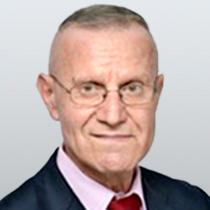Commentary
After a prolonged period of easy monetary policy, the U.S. Federal Reserve has embarked on a tighter monetary stance. On May 4, 2022, the Fed raised its benchmark interest rate by 0.50 percent, to a target range between 0.75 percent and 1.00 percent. The hike is the largest since 2000 and follows a 0.25 percent increase in March this year, the first increase since December 2018.






